IN THE VINEYARD | Oastbrook, England
America Brewer grew up in Brazil before moving to the UK in 2002. After meeting her British husband Nick, and spending time in Geneva and Hong Kong, she moved back to the UK with him in 2013 to an estate in East Sussex which they planted to vines in 2018. Today Oastbrook makes several still and sparkling wines, with the couple splitting the vineyard and winemaking tasks between them
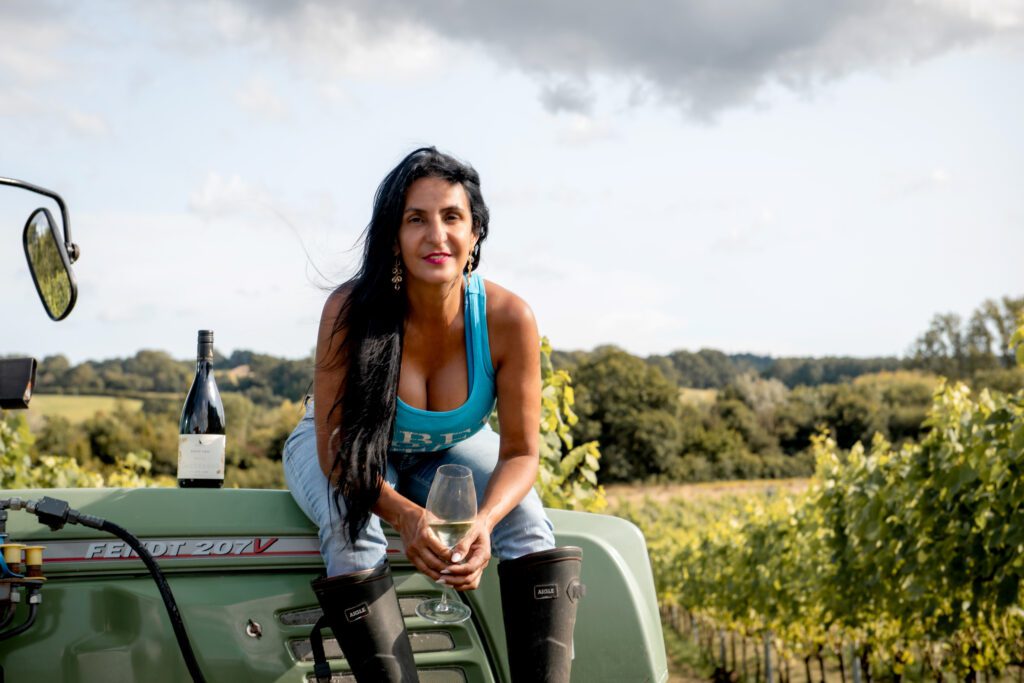
‘May is a key month in the vineyard calendar. It’s the time of year all winemakers worry about. With the warm, dry weather, the vines are growing rapidly after April’s budburst, but even though it’s been warm in the daytime, there’s a still a threat of frost at night, when you get soil inversion and the soil releases cold air. I was up at 1am last night [May 5th] checking the temperature in the vineyard, where it got down to 1˚C. If it goes below -2˚C for two hours, it will kill the buds.
‘We have some frost protection measures in place – I don’t like using candles, because the oil is not good for our carbon footprint, and while some wineries use water [frozen around buds to protect them], you need a lot of it, and it can be too heavy for the canes. So on cold nights, we put tarpaulin out at the top of the vineyard on the end of the rows posts to hold back any cold air falling down the hill; we have a cable going down the fruiting wire that turns on when it gets cold to warm the vine via infra-red radiation; and we use oil barrels cut in half with air vents cut in the side in vulnerable parts of the vineyard for heat radiation.
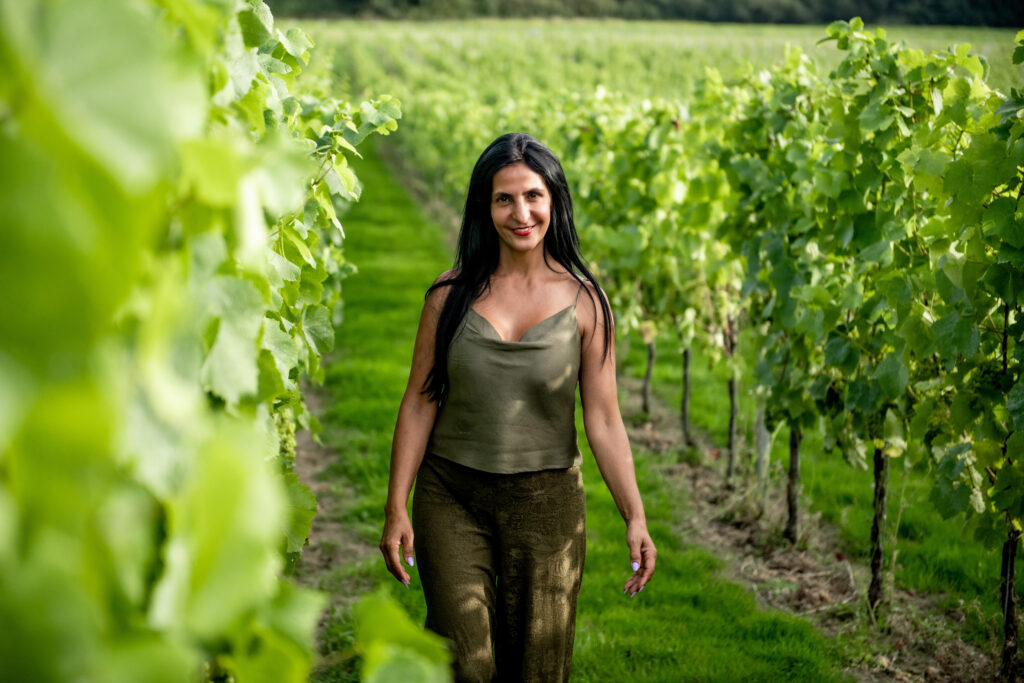

‘We’re just about at the stage where we can stop worrying about frost for the year, and we can focus on ensuring the vines have the best conditions in which to thrive. That means managing competition around the vines and providing the necessary nutrients and protection against any lingering frost and early-season pathogens. At this time of year, you get a lot of growth from grass and weeds under the vines, and they compete with the vine for the nutrients in the soil.
‘Keeping the grass between the rows short is crucial for frost to pass and to prevent nucleation sites. We don’t like using herbicides, because they kill all the fungi and micro-organisms, and the vines become weaker. But with the frost protection systems that we have in place, navigating the vineyard in my fabulous Fendt [tractor] involves some tricky manoeuvring (my husband Nick often jokes that I’m the fastest mower around, and I must say, I am pretty quick).
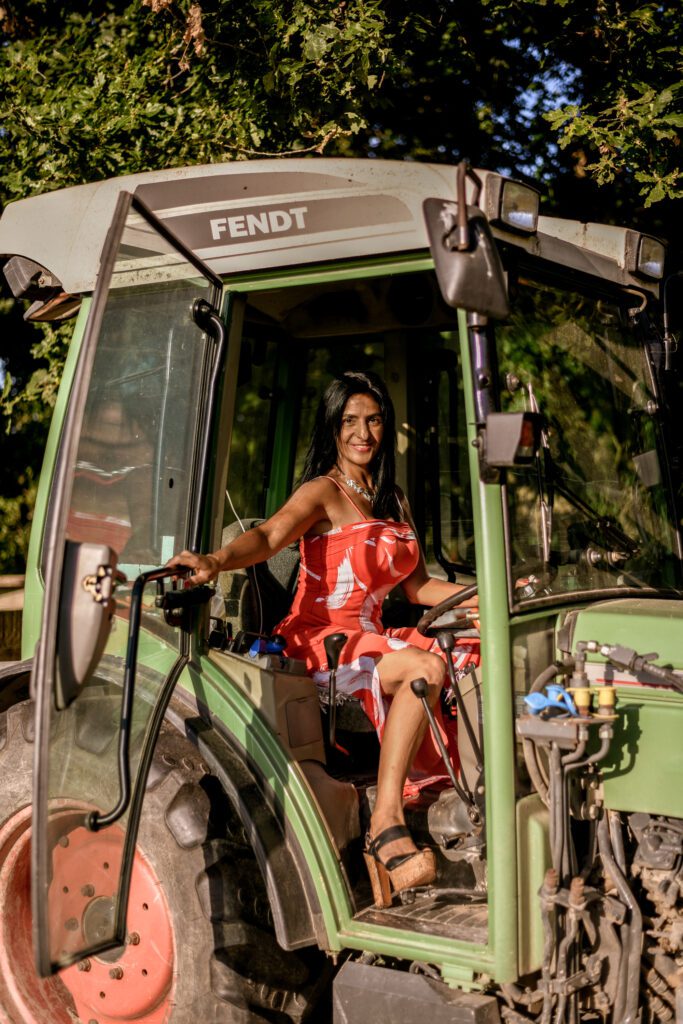

‘In line with our regenerative agriculture practices, we avoid herbicides and instead use a boisselet [a tool from Burgundy], attached to the tractor, to manage weeds directly under the vines, which can be quite a detailed and time-consuming task. We’re also applying micro-nutrients to the younger vines and taking preventative measures against any dormant pathogens, which means we’re constantly switching between different machinery. And we don’t want to use the tractor too much, as it compacts the soil and makes it tricky for the vine roots to grow. It’s a constant balancing act, trying to work with nature. But compared to last year, which was very, very difficult, I’m in heaven.
‘In the winery, wines that have been ageing in barrel are now in tank to settle, and we’re preparing for bottling. We use a natural clay called bentonite to clarify and stabilise them before filtering and bottling. Then the wines that are still in barrel require regular battonage and topping up, and we’re closely monitoring the malolactic fermentation in our lab. Before bottling, we conduct several tests, checking for protein and heat stability, as well as final acidity, sulfites and alcohol levels. Bottling days themselves are quite intense, often keeping us in the winery for up to 18 hours.
‘Adding to the complexity, we’re also in the process of extending our winery, which feels a bit like trying to work on a road while the traffic is still running. And the hospitality side is also ramping up. We’re starting to host regular tastings and tours, as well as corporate events, and we’re getting ready to welcome guests to our glamping site, which will be opening soon. It’s all go – but I wouldn’t want it any other way…’
Not a 67 Pall Mall Member? Sign up to receive a monthly selection of articles from The Back Label by filling out your details below
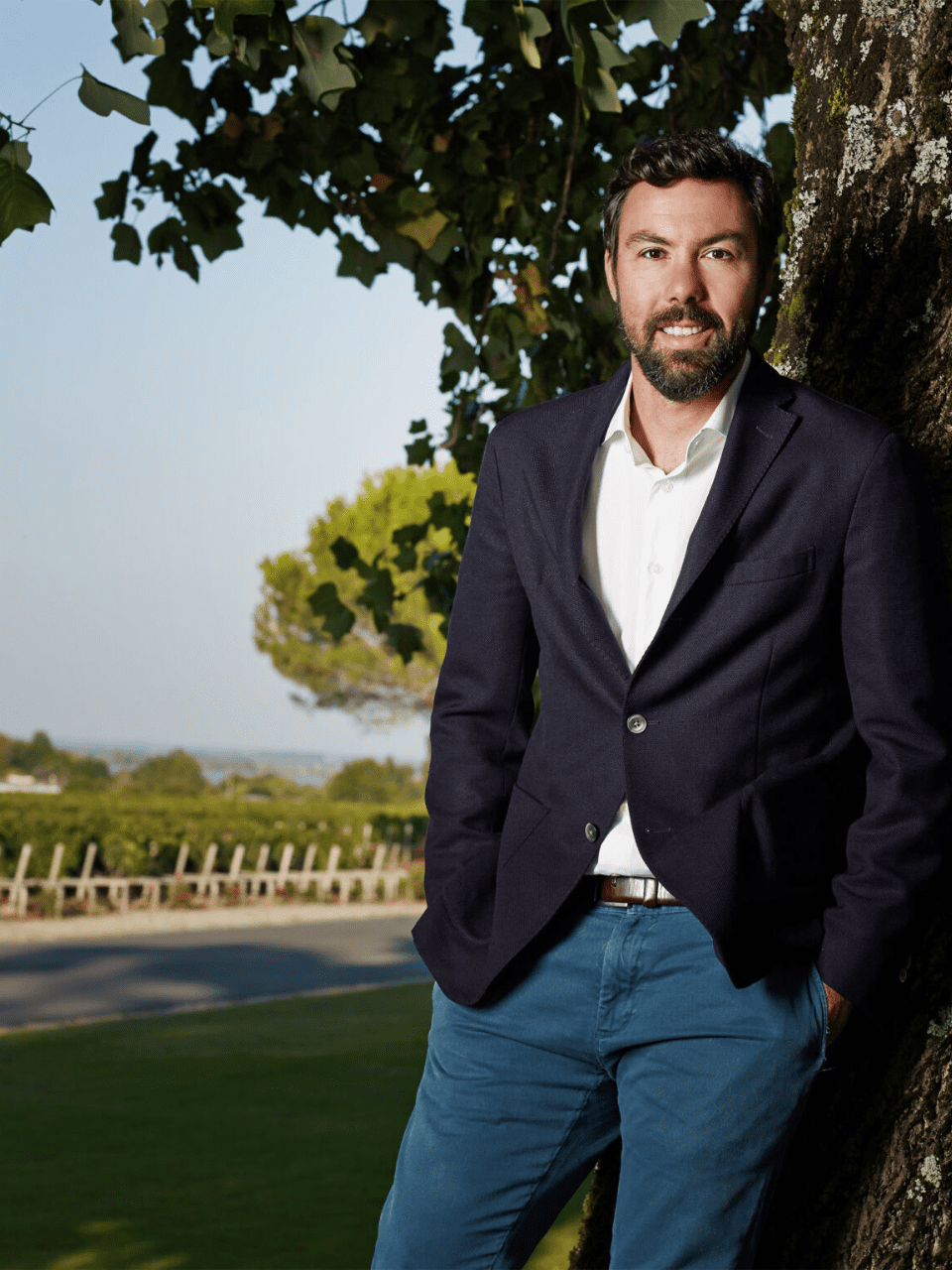

TWO
MINUTES
WITH
Jean-Charles Cazes, Château Lynch-Bages
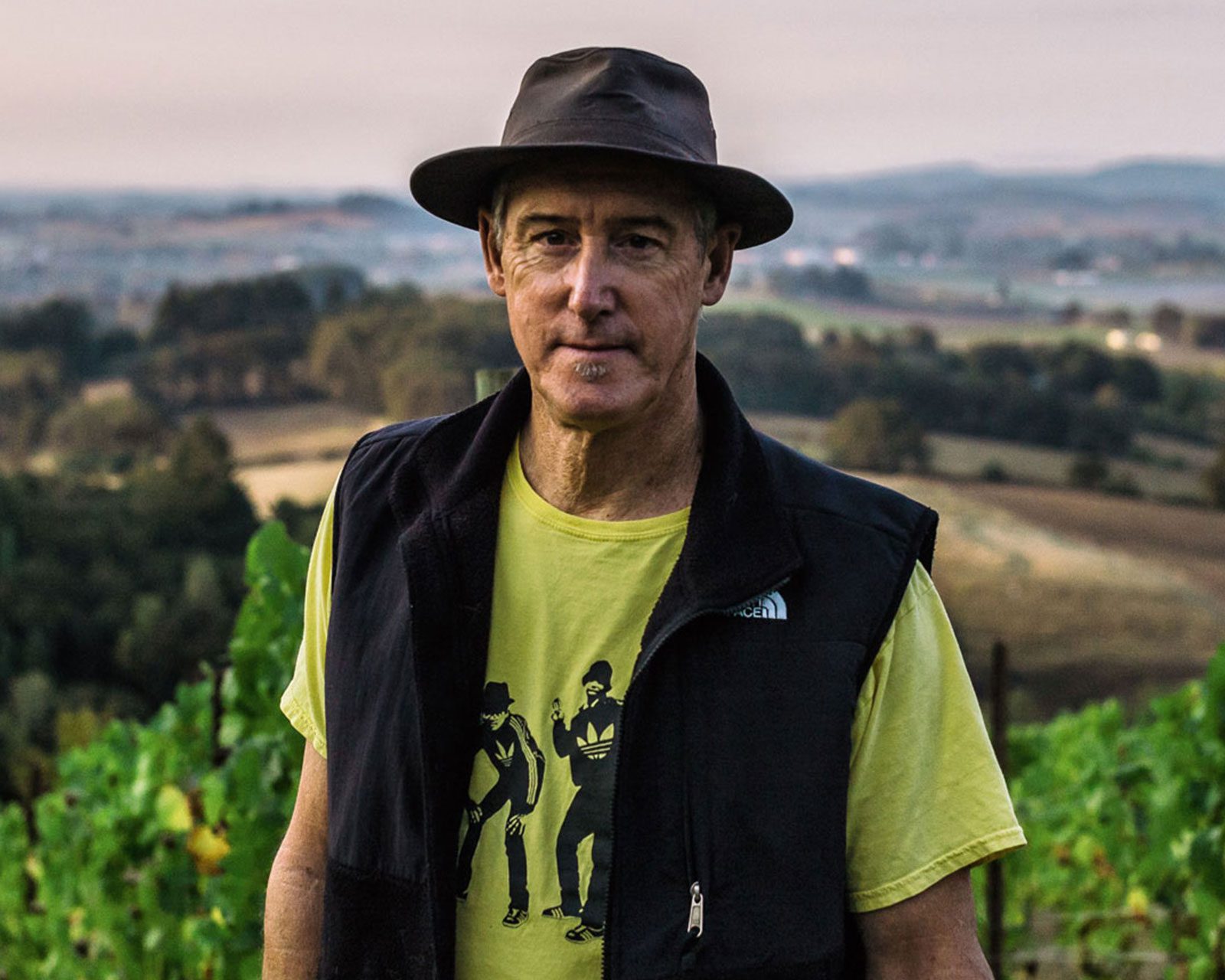

WHAT
I’VE
LEARNED
Jay Boberg, Nicolas Jay, Oregon
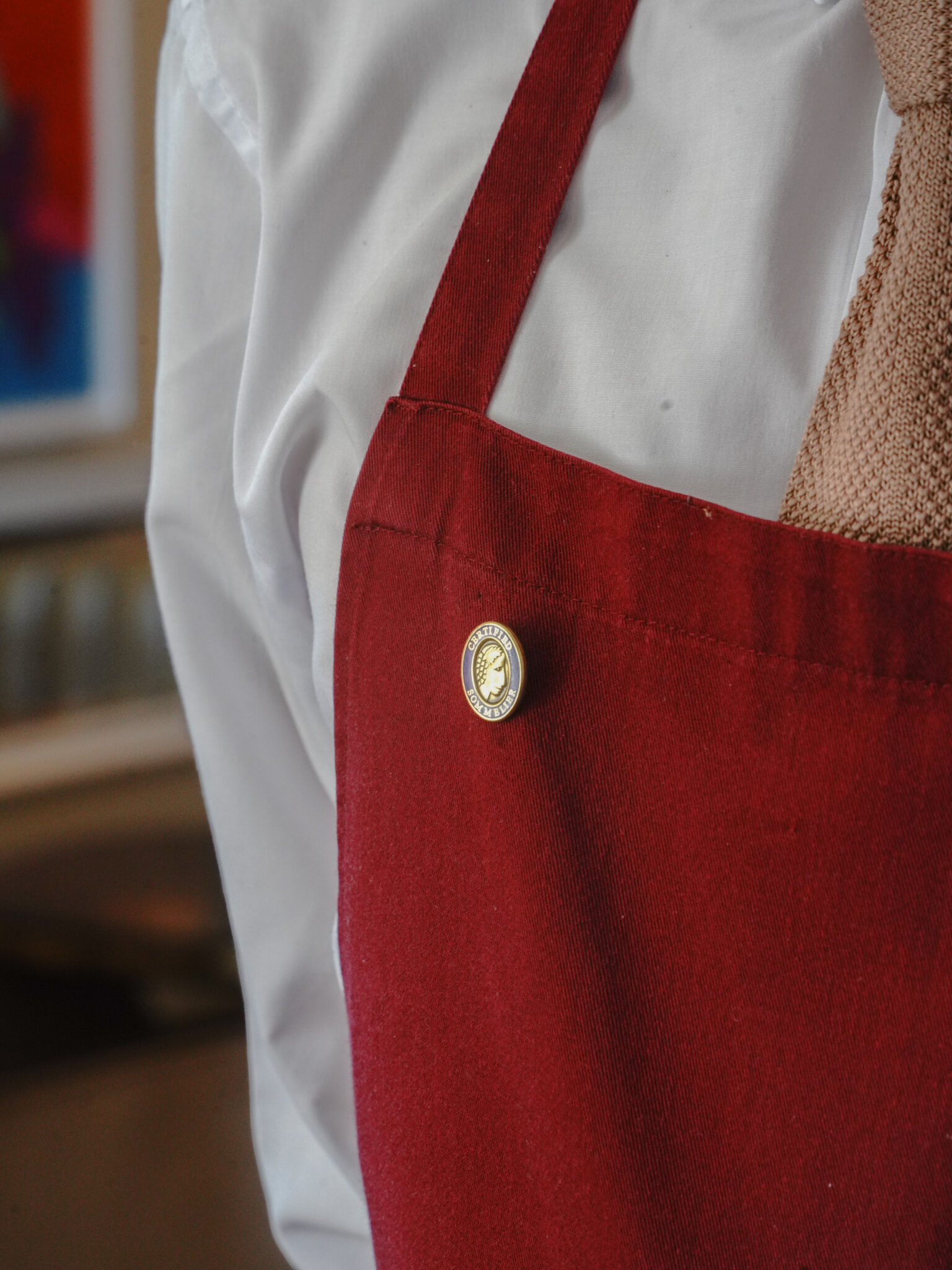

UNDER
THE
SURFACE
Inside the Court of Master Sommeliers
